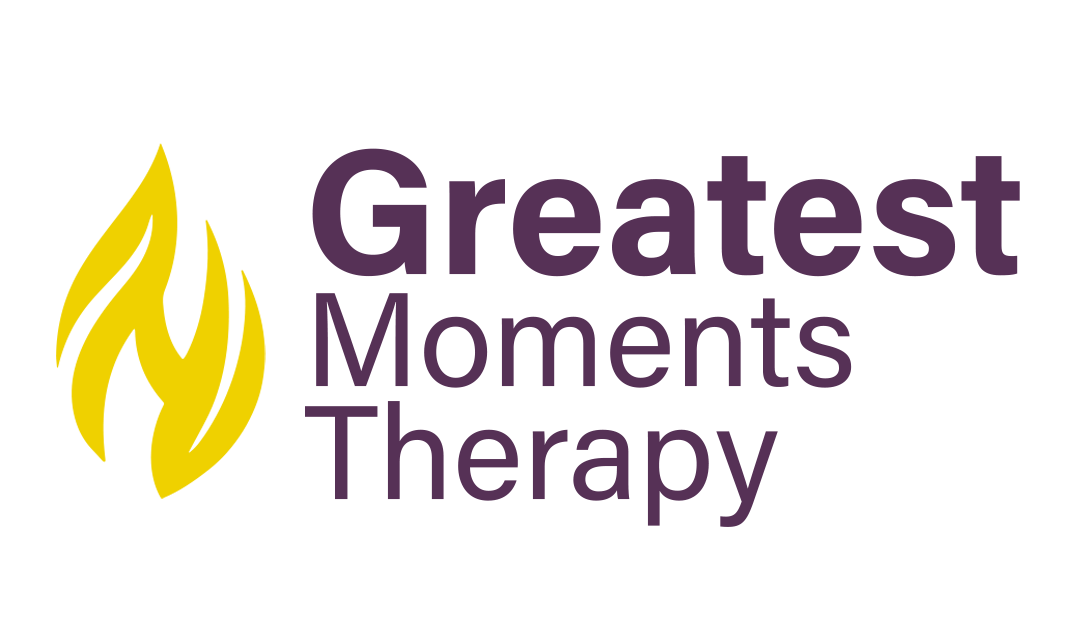Executive Burning Out: What Is It and How to Address It
Burning Out is a process that often starts with having little resources to meet the expectations. The imbalance between power, responsibility and awareness fuels the burning out of nervous system, as the person rarely stays regulated.

Burnout: Imbalance of Power and Responsibility
Burning out is a gradual process that often starts with subtle signs that are easy to overlook. The first signs of burnout typically include a loss of sense of humor, where things that once made you laugh no longer do, and minor things irritate you a lot, such as small annoyances becoming much bigger issues than they usually are. Disrupted sleep is also common, where you have trouble falling asleep or wake up feeling exhausted, even after a full night’s rest. These early signs are the first indicators that stress is taking a toll on your mental and physical health.
Keep Awareness, Power, and Responsibilities in Balance
Burnout begins when a person has far more responsibilities than control or power over a situation. At the same time, the individual may have far more awareness about what needs to be done to fix problems, but little power to actually make those changes. This imbalance can lead to:
- Big Responsibilities with Little Power → Shame: You feel overwhelmed by responsibility but powerless to change the situation, which breeds feelings of inadequacy.
- High Awareness with Little Power → Helplessness: When you know what needs to be done but have no control over it, you feel helpless and frustrated.
These feelings of shame and helplessness eventually lead to burnout, which can manifest in symptoms like irritability, frequent panic, hyper-vigilance, and exhaustion.
If you are experiencing these early signs, such as irritability, trouble sleeping, or feeling emotionally detached from things that used to bring you joy, it’s essential to take action. You need accommodations that will balance your responsibilities with the executive power you have to address them. This might include delegating tasks, setting boundaries, or seeking support to regain a sense of control.
Unaddressed Burnout Leads to Collapse
If burnout goes unaddressed, it can progress to collapse. This is when burnout becomes so severe that it leads to:
- Apathy: Losing interest in your work or life in general.
- Disengagement: A complete emotional withdrawal from responsibilities.
- Deep Depression: Feeling disconnected and unable to find purpose or motivation.
If you find yourself in this state of collapse, it's crucial to take a leave of absence and seek professional help. Recovery will require time and treatment to restore your mental and emotional health to pre-burnout levels.
Prevent Burnout Before It Becomes Collapse
The process of burnout is gradual, starting with small signs like loss of humor, irritability, and disrupted sleep. Recognizing these early symptoms is key to preventing burnout from escalating into collapse. By addressing these signs early—whether through taking breaks, setting boundaries, or seeking support—you can balance your responsibilities and regain control over your work and life.
Remember, burnout is preventable, and it’s never too early to take action. The sooner you recognize the signs and make adjustments, the better chance you have of protecting your well-being and avoiding a deeper collapse.
EMDR and DBT Can Help with Prevention and Recovery from Burnout
When burnout has taken a deeper emotional and psychological toll, therapies like EMDR (Eye Movement Desensitization and Reprocessing) and DBT (Dialectical Behavior Therapy) can be incredibly helpful in the recovery process.
- EMDR helps by processing imbalance of power and activating inner resources for coping with stress that may contribute to the feeling of being overwhelmed. It targets the emotional responses tied to stressful events, allowing individuals to reframe negative beliefs and reduce emotional distress that contributes to burnout. By helping the brain “reprocess” traumatic memories, EMDR enables a person to approach stressors with a clearer, more balanced mindset.
- DBT, on the other hand, focuses on building emotional regulation and coping skills. It teaches individuals how to manage stress, control impulsive reactions, and stay grounded in moments of emotional intensity. DBT’s focus on mindfulness and distress tolerance makes it particularly effective for individuals facing the chronic stress of burnout. It helps individuals build a toolkit to handle difficult emotions and stay present, reducing the feelings of helplessness and frustration that often accompany burnout.
Reach out for more information HERE



